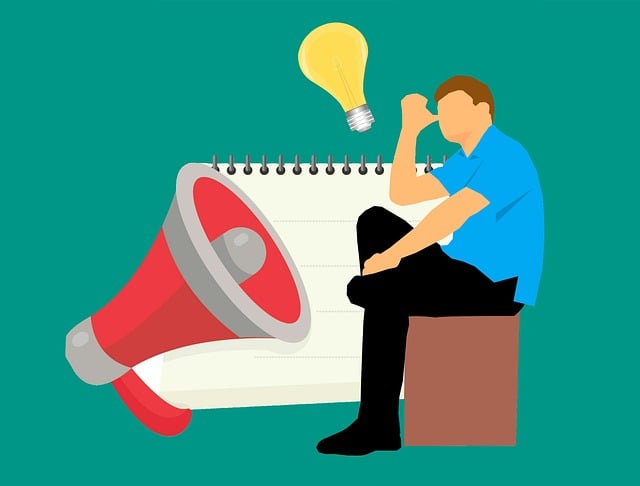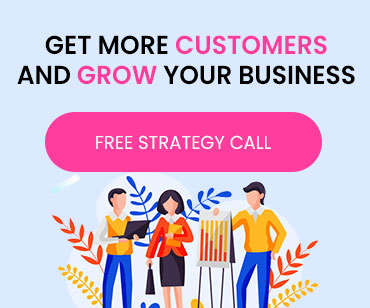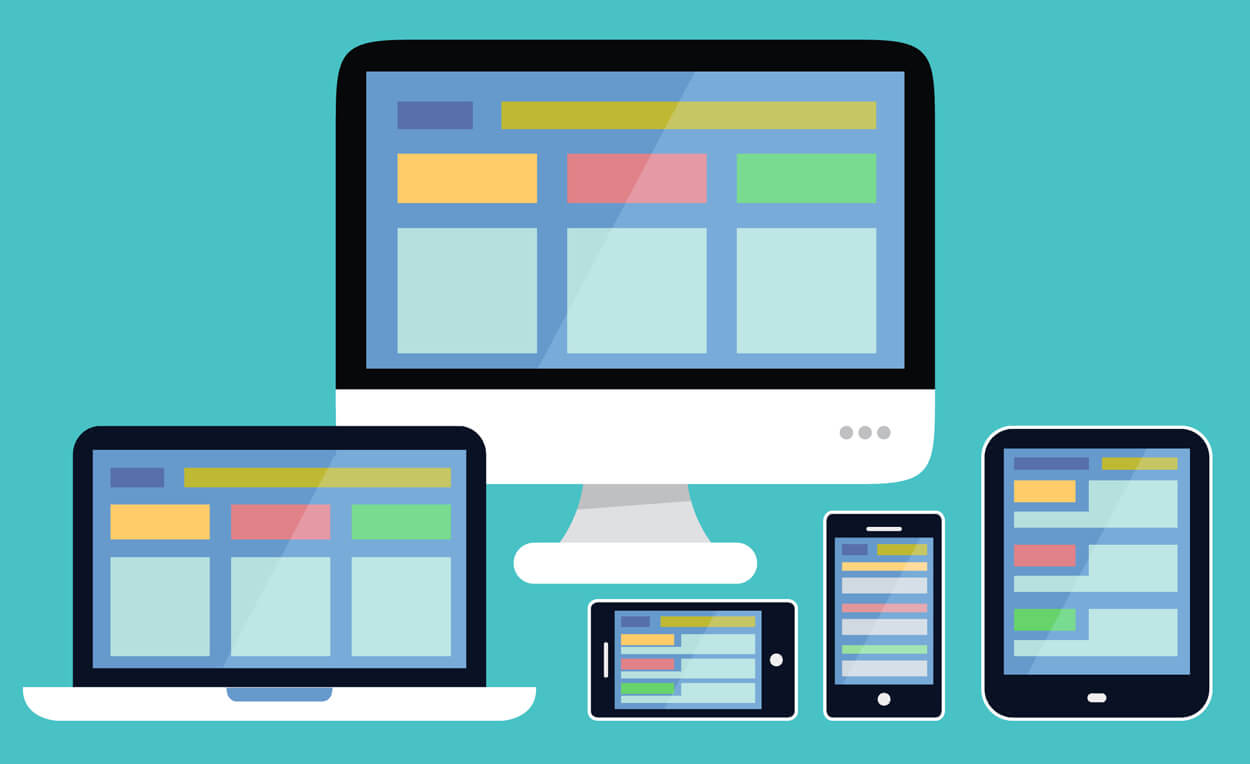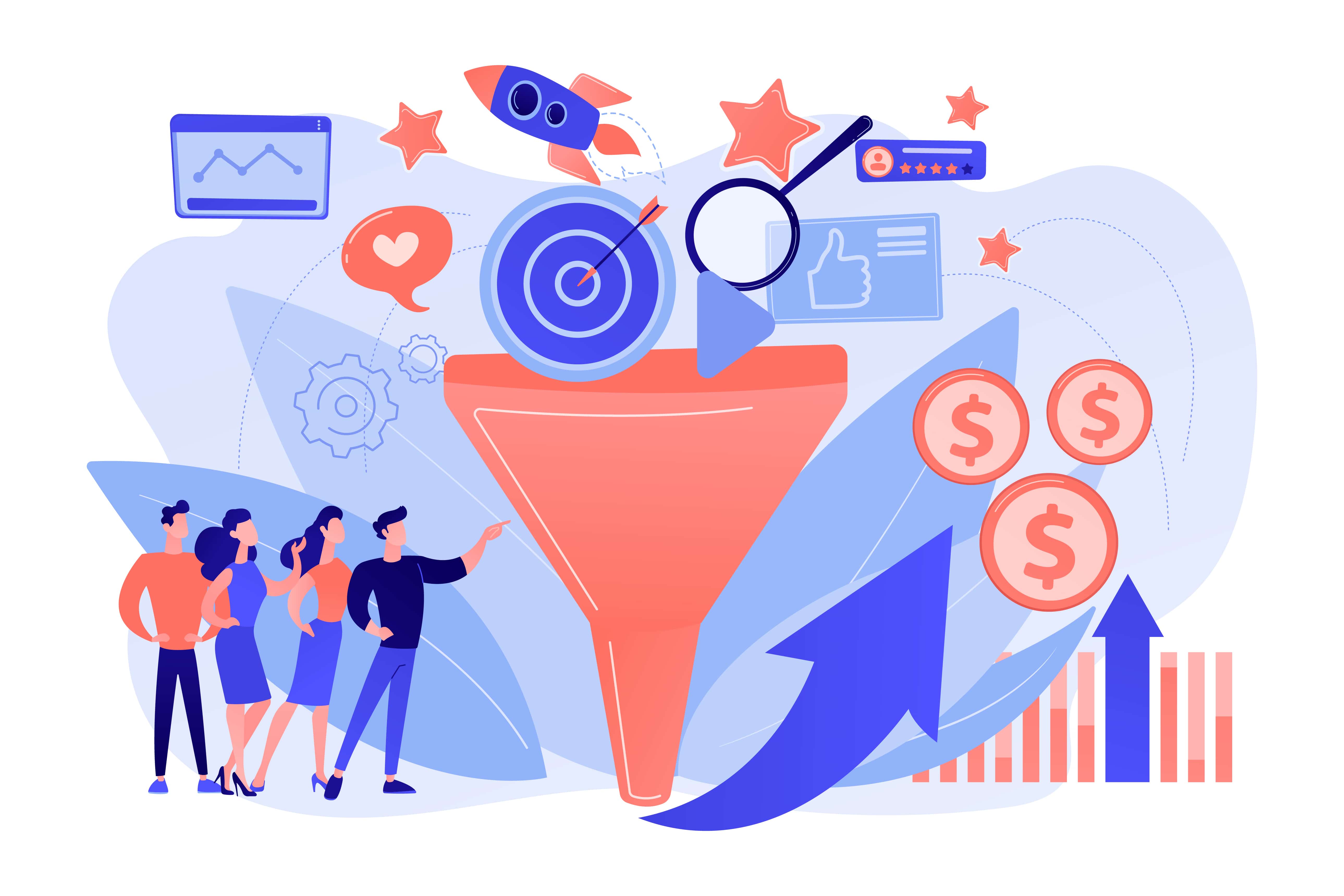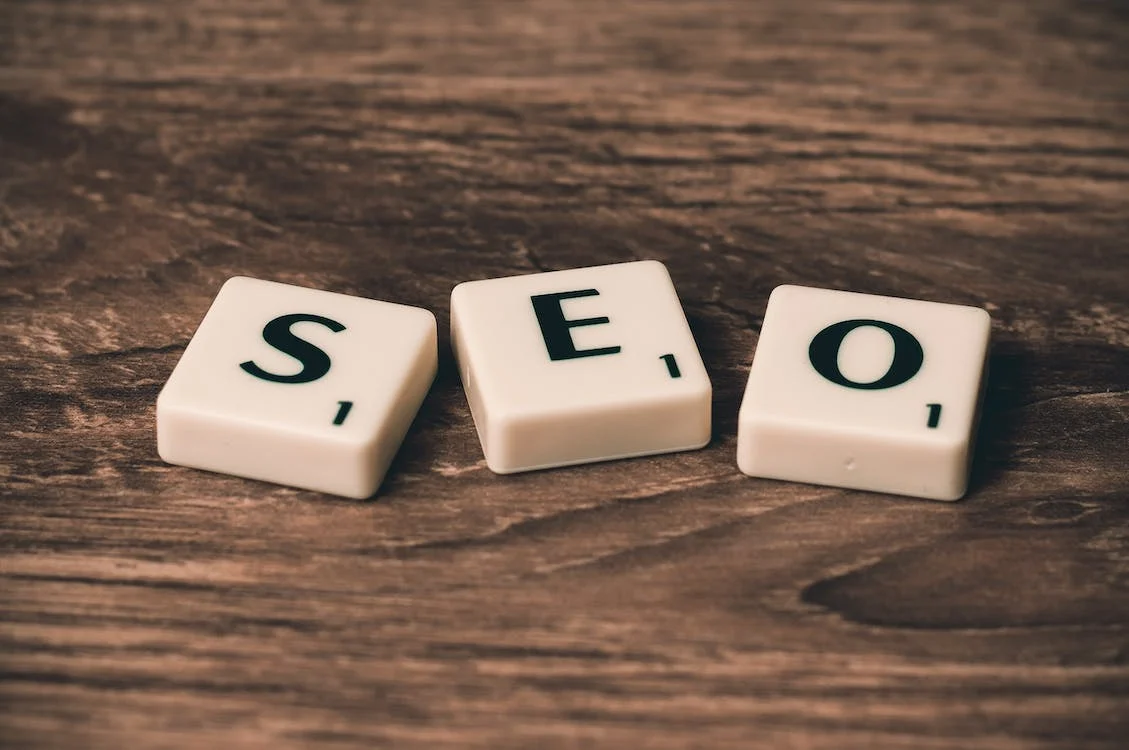It is not always realistic to assume that a user who visits your website in search of in-depth information on how to solve their problem will also be prepared to buy right away. Consider it a business partnership. Following the meeting, two strangers signed legal documents to start a business partnership the next day. It could happen, but...unlikely.
For that reason, content made for them should have objectives other than just selling. If you present "Let me convince you" content to a prospect too early in the decision-making process, they will probably reject your business. However, it is imperative for your business that the selling content be where it should be and in the right quantities.
What, then, is the remedy to this problem? What steps can you take to make it more likely that the content you are producing, disseminating, and advertising will resonate with your target audience when and how it should? Content mapping is the only solution.
Let us now get started with our main topic. For your information, we will go over the following topics in this post:
- What is content mapping and why is it important?
- The correct methods for content mapping
- Content Mapping Tools
What is content mapping?
With the ultimate goal of promoting conversions, content mapping is the process of arranging content according to the user's journey and their unique needs at various stages.
An effective content strategy includes content mapping as a crucial component.
Who usually develops a content map?
Usually, the person in charge of your organization's content program is in charge of creating content maps. They may be referred to as generalist marketing managers, content strategists, content directors, or marketers.
What makes content mapping vital?
Making the most of every piece of content that is produced for your business can be ensured with the aid of content mapping. It also assists you in removing content that needs a clear objective. Once the content mapping process is put into practice, you can be certain that:
- Every reader is progressively making their way through the sales funnel to purchase your goods or services.
- Every piece of content has a distinct function and is fully optimized for it.
Phases of Content Mapping
Here are a few useful procedures and industry standards to follow when making your content map.
- Identify the Value and Goal of Your Content Marketing
- Do some research and categorize your target audience
- Establish personas for "reader" and "buyer."
- Create the content marketing storyline.
- Create a customer journey map
- Create a content marketing funnel plan
- Make a list of topics you want to focus on.
- Consider the possibilities for repurposing and content promotion
- Utilize an editorial calendar to compile everything.
- Set objectives and indicators for your content map
-
Identify the Value and Goal of Your Content Marketing
It is crucial to first have concise descriptions of the two main components of your content marketing strategy before you can organize your content:
What are the business objectives that you hope to accomplish? What is its purpose?
In this phase, you should ask yourself how your content strategy relates to the objectives of your business. By providing readers with the precise information they need to clear up any doubts they may have, your content strategy may enable them to buy your product.
In essence, a content marketing statement consists of brief, understandable responses to the following queries:
- Who are you attempting to assist or benefit?
- How are you going to accomplish that?
- Why do you want to assist them or add value to their life?
-
Do Some Research and Categorize Your Target Audience
Understanding your target audience is the first step toward successful content mapping. By connecting with their needs, interests, and concerns through this knowledge, you can ultimately produce content that speaks to them. Here are some strategies for audience segmentation and research.
- Gathering information directly from your clients
- Google Analytics Audience report
- Social media analytics
-
Gathering information directly from your clients
To learn more about how your customers use your product or service, conduct focus groups, surveys, interviews, and use your CRM. It is crucial to ensure that you engage directly with your clients, for instance, through in-depth interviews, particularly if you sell highly valued products (such as B2B). You can divide the real client data into sections once you have gathered it.
Read the following examples for further clarification.
- Client commonalities: What traits make these clients similar to one another?
- Buyer interest: Why did they search for a similar solution to yours?
- Accolades: Why do they favor your offering over a different course of action?
- Objectives/Goals: With our solution, did they accomplish the objectives they set out to accomplish?
-
Google Analytics Audience report
You can get comprehensive insights into your audience with Google Analytics' Audience Report account, which includes:
- Who is looking at your webpage?
- Their gender and age demographics
- Location
- Hobbies
- Habits
- Actions and behaviors
-
Social media analytics
Engaging with your audience on social media can also help you learn more about them, even if they are not yet clients. For instance, Facebook Audience Insights can be a fantastic place to start when learning more about the demographics of your audience and the other Facebook pages they enjoy.
-
Establish personas for "reader" and "buyer."
Personas such as "reader" and "buyer" are generalizations of your ideal readers and clients. They are a crucial component of content mapping because they aid in a deeper understanding of these individuals and enable you to communicate with greater precision, catering to the unique requirements and behaviors of various groups.
Depending on your line of work, you may be trying to reach one, two, or more audiences. The "reader" and "buyer" personas do not have to be the same; your reader does not have to be a prospective customer.
You should think about incorporating the following helpful traits into your persona profiles:
- Demographic information includes age, gender, location, marital status, level of education, and hobbies.
- Professional information: business size, revenue, job title, and industry.
- Goals and values: their lifestyle, values, and personality traits; professional and personal aspirations
- Problems include fears, pain spots, and both personal and professional challenges.
- Favorite blogs, books, channels, thought leaders, and events are examples of sources of influence.
- Shopping habits include where and how they buy, whether they decide what to buy on their own, how much they are willing to pay, and what can deter them from making a purchase.
-
Create the content marketing storyline
It is time to consider how your content marketing mission fits into your brand's ability to assist your audience in meeting their needs.
Your "why"—why you are producing content, who you are assisting, and how you will assist them in a way that no one else can—is explained in the brand story. Put differently, it is all about the value your content and product/service offer.
When crafting your brand story, bear the following points in mind:
- Who is the protagonist of your tale (your client)?
- What is the story's background, and what obstacles does your hero face? Furthermore, how are they handling them?
- What kind of change, if any, do you hope to see occur? And how does your mission fit here?
- How does the future you envision for yourself look?
After you have written the aforementioned down, consider a few essential components that will influence your content:
- The essence of your brand as conveyed through your content
- Your communication
- Your brand's voice tone
-
Create a Customer Journey Map
A customer journey describes how your customers make decisions and make purchases. Consider the actions and feelings of your audiences, as well as the steps they are taking on their journey.
-
Create a Content Marketing Funnel Plan
As per our Content Marketing Funnel Study, half of the marketers who participated in the survey stated that motivating users to progress through the funnel is among the most difficult things to accomplish while creating one. The overwhelming majority of respondents (87%) use content to walk prospects through various stages of the buyer journey.
You should use content for every step of the buyer's journey to increase the conversion rate of your visitors into customers.
- Commence by grasping the general concept of your funnel
- Create a strategy map for various content types
- Consider the details at every step
-
Commence by grasping the general concept of your funnel
At this point, readers have planned out their approach to solving the issue and are prepared to choose. This is an excellent opportunity for you to demonstrate that you are the person who can fulfill their needs and address any queries they might have regarding your offering.
The user's intent varies at each step. As a result, you must specify what information will meet your potential client's needs for information at a given stage.
-
Create a strategy map for various content types
Here, case-based and user-generated content are among the best ways to establish credibility, set your brand apart from rivals, respond to highly targeted queries from users, and quicken the buying process.
-
Consider the details at every step
Despite the data, there might be other content formats that are more appropriate for you in this particular scenario. Consider your specific situation, industry, and personas.
-
Make a list of topics you want to focus on.
The aforementioned Content Marketing Funnel Study indicates that 49% of marketers rely on internal knowledge and experience, while 88% of marketers base their decisions on keyword research.
To choose the content for the future, they conduct content audits, customer support, and sales team interviews.
- Begin by Selecting Wider Topics
- Create Subject Clusters
- Expand Every Topic Cluster's Keyword List
-
Consider the Possibilities for Repurposing and Content Promotion
Use a variety of media formats and channels to promote the content to draw in the proper kind of traffic and help you reach your target audience.
Three general categories can be used to group specific channels:
- email address book.
- faithful third parties, such as review websites, forums, or amiable bloggers.
- paid influencers, sponsored content posts on media, social media advertising, paid channels, and a variety of platforms that display paid advertisements.
Select the channels of distribution based on:
- The kind of content: You can find charts outlining the KPIs to monitor along with the content formats that are usually distributed through particular channels in the complete Content Distribution Guide.
- Your content promotion budget, for instance, Typically, a paid campaign is launched to promote a piece of content, and after the paid campaign concludes, the content is then promoted naturally.
- The persona, the customer journey, and the funnel stage are the channels that your target audience is most likely to interact with.
-
Utilize an editorial calendar to compile everything
In an editorial calendar, join all of the earlier stages together. It ought to be the most true representation of all of your writing, taking into account:
- Buyer personas: make sure you are speaking to your target audience and offering them something of value.
- Touchpoints along the buyer's journey: Think about the customer journey when organizing your touchpoints and deciding what to offer (subscribing to a newsletter, enlisting in a loyalty program, or anything in between).
- Funnel stages: the audience's specific place in the marketing funnel; this will enable you to better track KPIs and produce content that responds to reader questions and interests.
- Topics: Having topic columns makes a calendar understandable for every team member and makes it simpler to see which topics have not been covered.
- Placement: You can post articles as sponsored or guest posts on other blogs or on your blog.
- Repurposing: You do not have to limit your articles to blog posts. Make them into attention-grabbing video snippets, pull quote graphics, and other brief bursts.
- Promotion: the plan you have for disseminating the material you have produced. Color-coding them (using, for example, pink for Reddit, green for newsletters, or blue for Twitter) can help you make things even more clear.
-
Set Objectives and Indicators for Your Content Map
Lastly, what statistical methods will you employ to assess the outcomes?
Researching the content marketing funnel revealed that marketers select various metrics to gauge the efficacy of content at various phases:
- The percentage of visitors to TOFU was 73%.
- MOFU: the number of leads (54%), and the conversion rate (75%).
- Three metrics measure BOFU: number of payments (53%), ROI/ROMI (43%), and conversion rate (73%).
You can gauge the effectiveness of each content piece with the aid of these insights. Additionally, your content map needs to include a few reference points.
Practical Content Mapping Resources
- Marketing Calendar - It is a multi-tool calendar that has built-in task management. The calendar enables teamwork and lets you plan out every step of your campaign's operations.
- Topic Research - A tool that assists content creators and strategists in generating ideas for new article topics and a list of related subtopics based on their "seed" keyword.
- SurveyMonkey - A tool to regularly survey customers, engage with them where they are, and gather insights.
- Google Analytics - A tool to track and analyze your audience and help users understand what they are doing on your website.
- Facebook Audience Insights - A Facebook report that provides you with detailed information about your fans and followers. If you are active on social media, it is also critical to monitor other metrics (LinkedIn, Twitter, etc.).
- ImpactHero - It is an automated tool that correlates the stages of the customer journey with your content and offers suggestions and insights to help you enhance the performance of your content.
Conclusion
Creating a content strategy requires the use of content mapping. Create a content map that centers around your personas and funnel stages, and make use of research to gain a deeper understanding of your audience's demographics.



